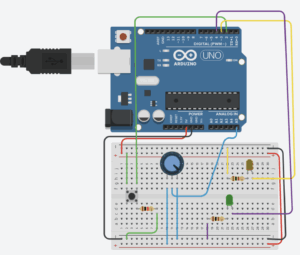User Testing
I asked two of my friends to try the project without giving them any instructions at all. I basically stepped back and just watched how they interacted with it. I wanted to see what they touched first, what they ignored, what they were drawn to, and where they hesitated.
The first user started gently, almost testing the waters, but the moving colors grabbed his attention fast. He pressed the big button and immediately saw his face in the painterly camera view, which made him smile. After that, he began switching modes and taking pictures like it made sense right away. The potentiometer especially got him excited. He kept turning it back and forth and saying how cool it felt that the strokes actually changed with the knob. The only time he paused was when he said it would be really helpful to have a quick three second countdown before the picture is taken so people can pose. Other than that, everything felt natural to him.
The second user had a totally different vibe. He came in pressing buttons really fast just to see what would happen. The system actually handled that well and he picked up the mapping between the controls and the changes on screen pretty quickly. He really liked how turning the knob changed the strokes and even said it felt more physical and satisfying than using a mouse. The only point where he seemed confused was after he saved a photo, because the interface didn’t really say anything. He wasn’t sure if the picture actually saved or how to get back to the live view. That moment definitely needs better feedback.
What felt great
-
- People figured things out by exploring, not thinking.
- The hardware controls feel natural — especially the knob!
- The color modes make people react emotionally (in a good way!).
What needs to change
-
- Clear photo-save feedback (a flash, message, anything!).
- A countdown before capturing the image.
- A more obvious return-to-camera cue
What I wanted to explain
I think just two things: which button saves, and how to return after saving. If the UI signals those moments better, the whole experience becomes effortlessly smooth.

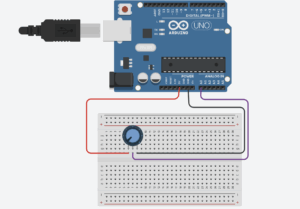
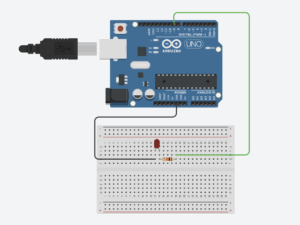
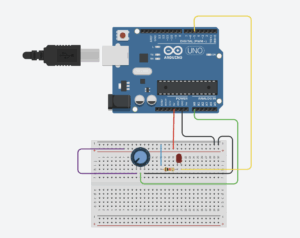
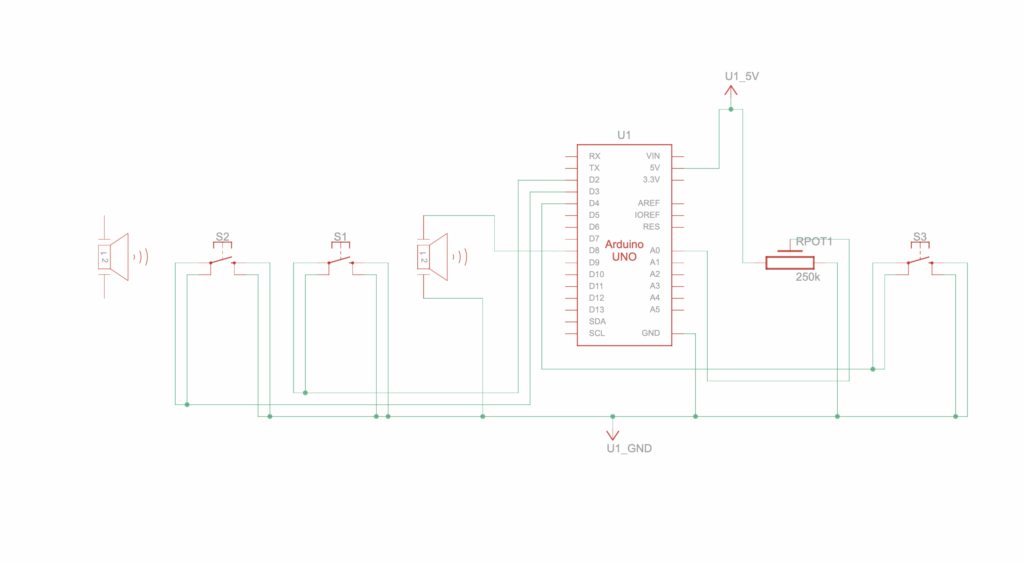
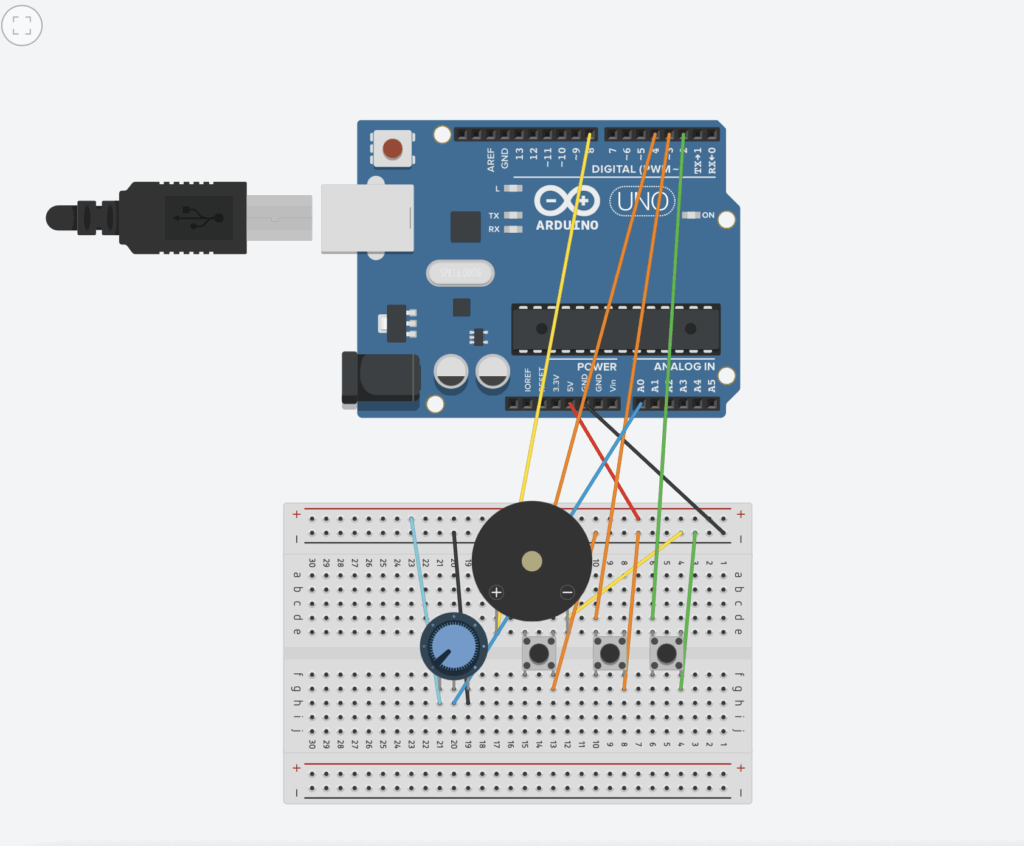 Figure 2 ( Circuit design with code and simulation on “Magnificent Jaiks” by Abdelrahman
Figure 2 ( Circuit design with code and simulation on “Magnificent Jaiks” by Abdelrahman